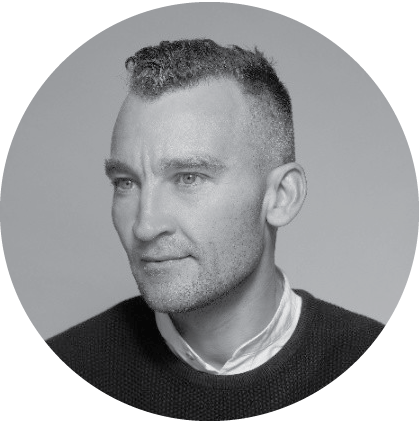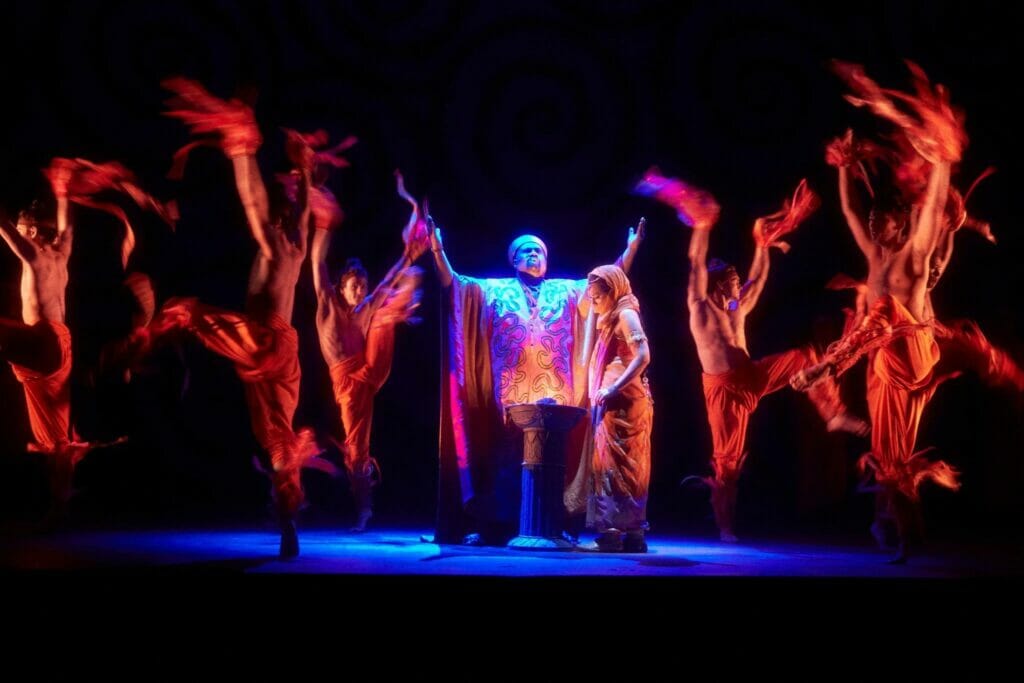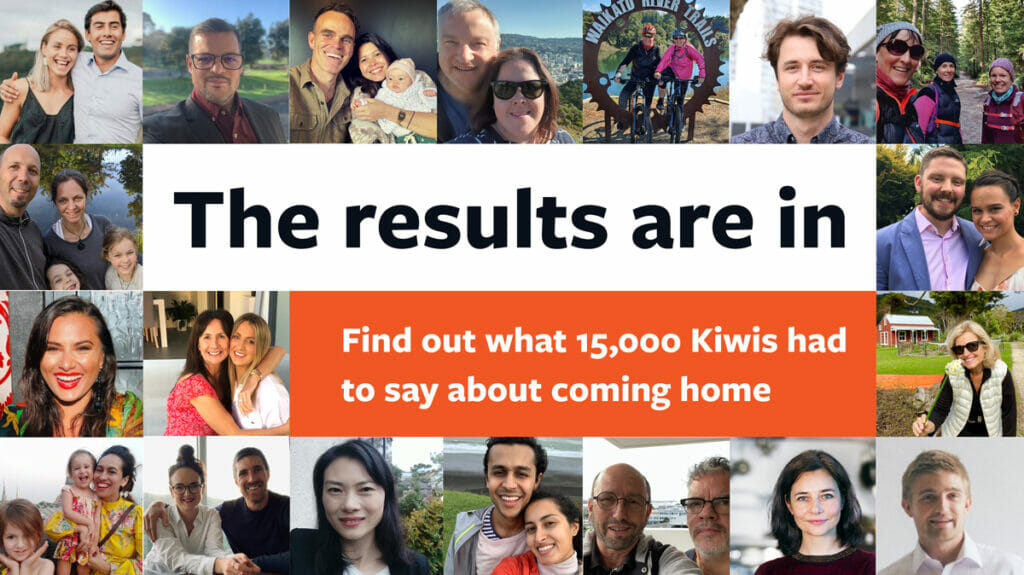These holidays, around 180 children will wake up in Starship. Despite the fun and activities, their parents’ wish will be a simple one… to have their child home, happy and healthy. This Christmas, you can help give a priceless gift – a brighter future for a Starship child.
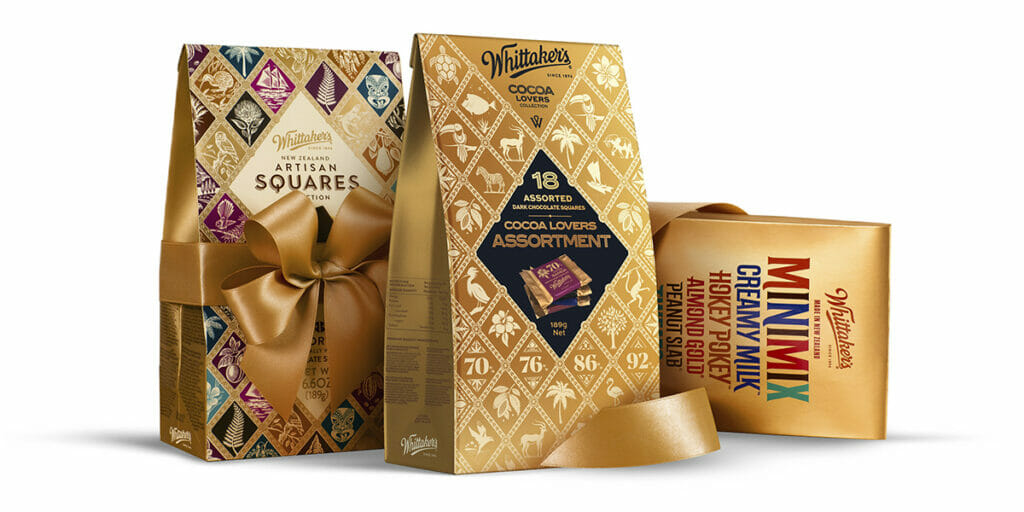
For the first time, Whittaker’s have launched an online store, shipping their famous Kiwi chocolate all over the world, gift wrapped by hand and sent directly from their factory in Porirua. For Kiwis looking for a taste of home this holiday season, look no further! Please note that your orders may not arrive before Christmas Day.
As New Zealand went into lockdown, many businesses were struggling to stay afloat. In response to this, Chooice was created to help small Kiwi businesses sell their products.
Support Māori and Pasifika creators and their businesses these holidays with The Spinoff’s Kirihimete gift guide. The guide features Māori and Pasifika arts and crafts, books, homewares, stationery and more.
Antipodes Skincare have recently launched into the United States and have a range of skincare made with locally sourced, natural Kiwi ingredients. For the holiday season, they’ve released a couple of gift packs with a range of their products. Support Kiwi businesses wherever you are in the world and check out their online store. You can read more about their expansion here.
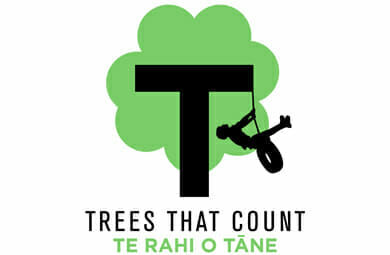
Love native trees? Help plant millions more by gifting native trees to family and friends this Christmas. Your loved ones will have a personalised gift certificate emailed to them and a native tree will be planted in Aotearoa on their behalf. The perfect $10 gift that means the earth.
Buy locally made goods and gifts, directly from New Zealand makers. Felt is proudly owned and operated by Kiwi makers who value supporting the livelihoods of local creative people, economies, and sustainable production and consumption.
Local Kiwi photographer David Kerr has produced the coffee table book ‘Quintessential New Zealand‘ and ‘The Great Kiwiana Gift Box‘ so you can feel at home wherever you are in the world.
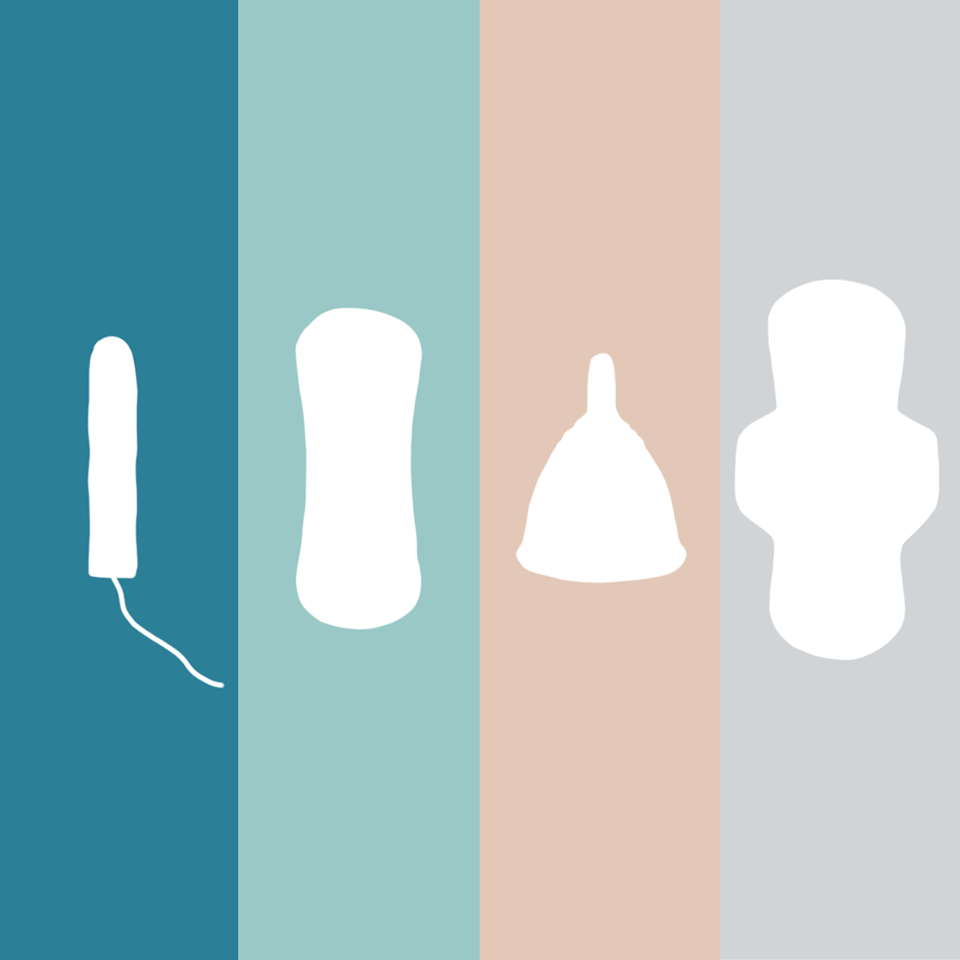
Every day, people in Aotearoa are missing out on opportunities simply because they have their period. Dignity NZ gives you the opportunity to change that. By donating, you will provide people their choice of period products through youth and community groups, schools and more.
Our partners are also supporting the following initiatives including research and regional community charities.
Feel like we’ve missed something? Get in touch!
COMING HOME?
Resources
We’re here to support returning Kiwi. Here’s our list of resources to help you plan your return and next steps.
Jobs
Looking for a new role in New Zealand? Visit the Kea job portal and find your next career opportunity.

 MENU
MENU


